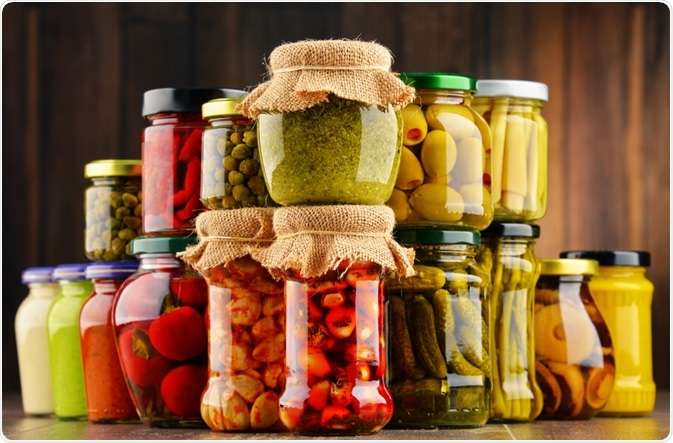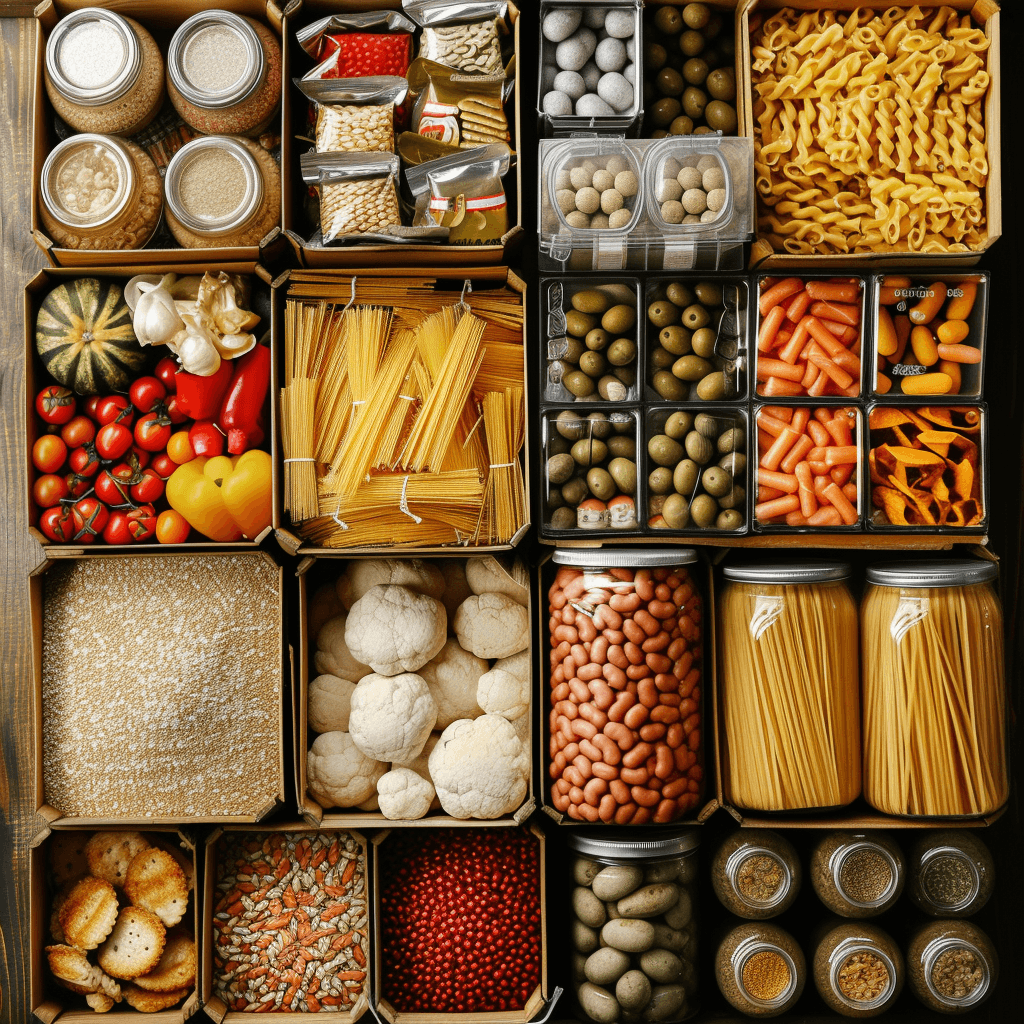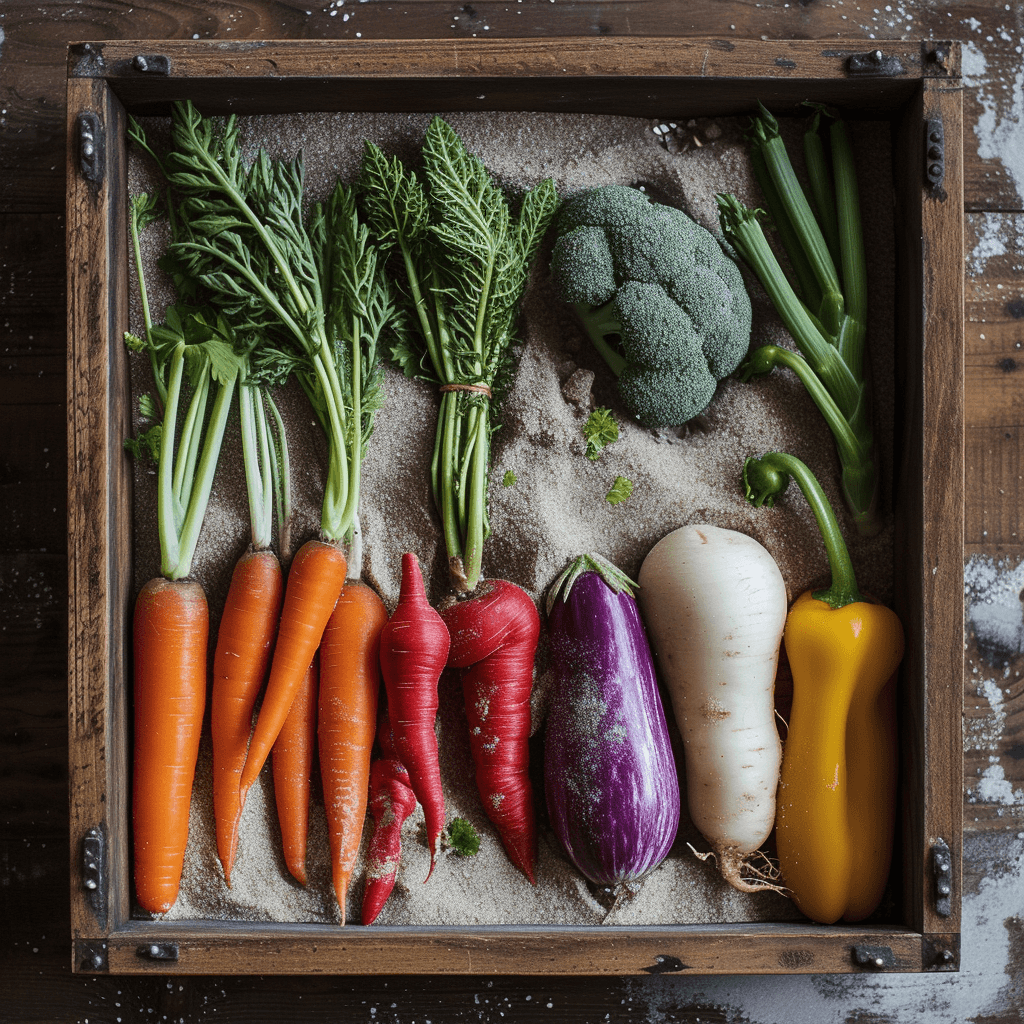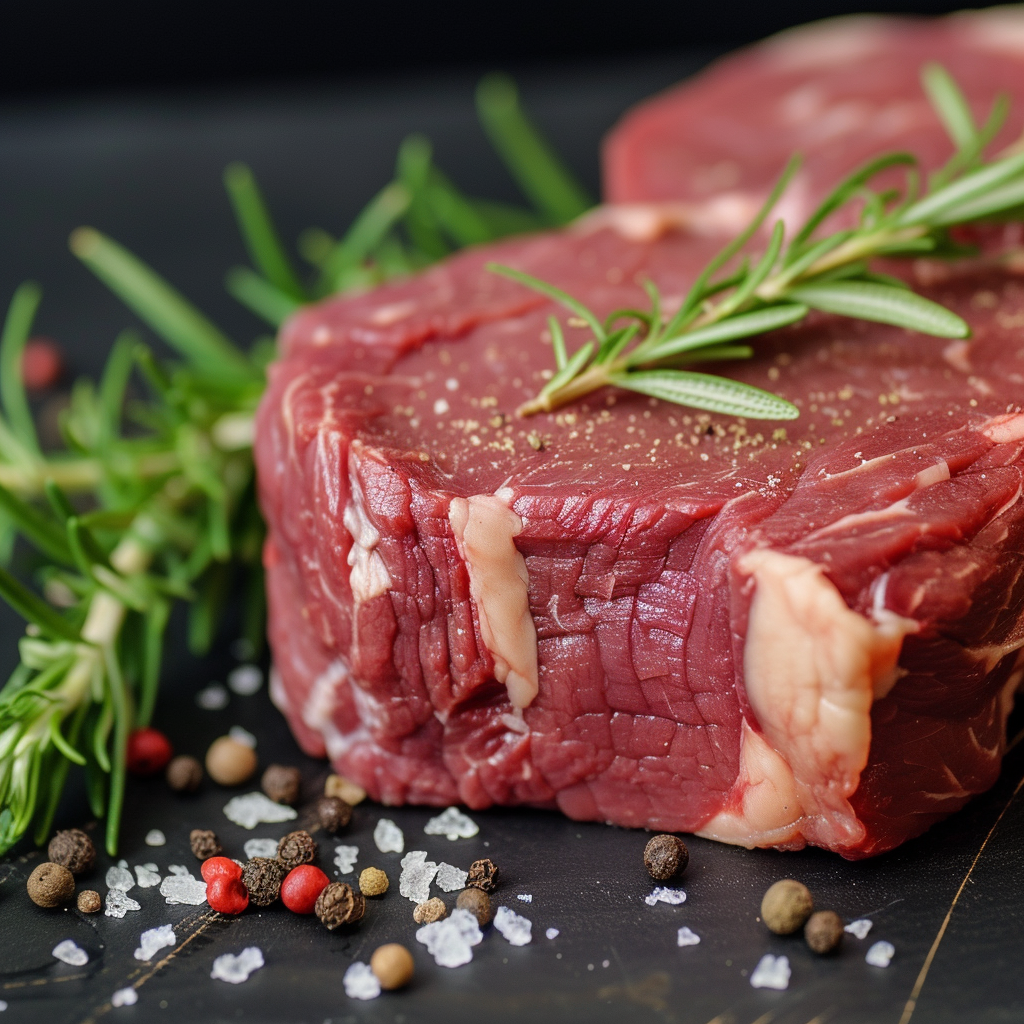In this article, we will discuss the art of food preservation, specifically focusing on survival tips for the desert. If you find yourself living off the grid or exploring desert regions, knowing how to preserve food becomes crucial. We will explore various methods and techniques for preserving food in a desert environment, ensuring you have a sustainable food source during your adventures. Whether you are a seasoned explorer or simply interested in learning new skills, this article will provide you with valuable information on the topic. So, let’s dive in and discover how to preserve food in the desert!
The Art of Food Preservation: Survival Tips for the Desert
Imagine living in a place where extreme temperatures, limited access to fresh ingredients, and a lack of refrigeration options make it challenging to preserve food. This is the reality for those living in the desert. In this article, we will explore the unique challenges of food preservation in the desert and provide you with survival tips that can help you maintain a self-sustaining pantry even in the harshest of environments.
Understanding the Challenges of Food Preservation in the Desert
Extreme Temperature Fluctuations
One of the biggest challenges in desert food preservation is the extreme temperature fluctuations. In desert regions, temperatures can soar during the day and drop significantly at night. These rapid changes in temperature pose a threat to the perishability of food items. Maintaining the ideal temperature for food preservation becomes crucial when faced with such conditions.
Limited Access to Fresh Ingredients
Another challenge faced by desert dwellers is the limited access to fresh ingredients. Due to the scarcity of water and arid conditions, growing fresh produce can be quite challenging. As a result, people living in the desert often have to rely on preserved foods to meet their nutritional needs.
Lack of Refrigeration Options
The absence of reliable refrigeration options is yet another hurdle when it comes to food preservation in the desert. Traditional refrigeration methods may not be readily available or sustainable in off-grid desert communities. This necessitates the exploration of alternative preservation techniques that can be adapted to the unique conditions of the desert.
Traditional Methods of Food Preservation
Despite the challenges, desert dwellers have relied on traditional methods of food preservation for centuries. These methods have proven to be effective in extending the shelf life of various food items. Let’s explore some of these traditional preservation techniques:
Canning
Canning involves placing food in airtight containers and heating them to destroy microorganisms that could cause spoilage. This method allows you to preserve a wide range of foods, including fruits, vegetables, and even meat. Canned foods can last for years if stored properly.
Drying
Drying is a time-honored method of food preservation that involves removing moisture from food items. Sun drying or using dehydrators are common techniques used in the desert. Dried fruits, vegetables, and herbs can be stored for long periods without losing their nutritional value.
Fermentation
Fermentation is a natural process that transforms sugars in food into alcohol or organic acids. This preservation method not only extends the shelf life of food but also enhances its flavor and adds beneficial probiotics. Fermented foods like sauerkraut and kimchi are popular choices for desert dwellers.
Salt Preservation
Salt preservation involves using salt as a natural preservative. Salt draws out moisture from food, preventing the growth of bacteria. Salted meats, fish, and even vegetables can be stored for months without refrigeration.
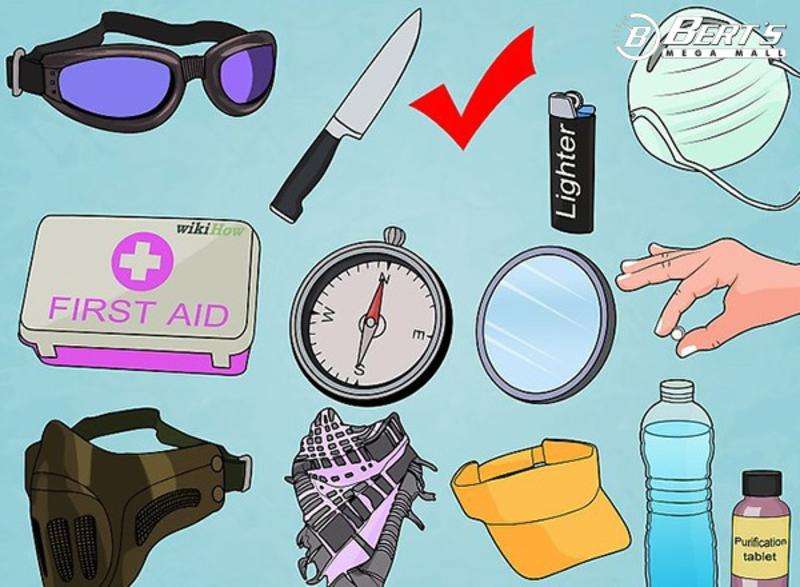
Adapting Preservation Techniques for Desert Living
To overcome the unique challenges of desert living, it is essential to adapt traditional preservation techniques. Let’s explore some ways in which you can adapt these techniques for desert food preservation:
Dehydration: An Efficient Method
Dehydration is an efficient preservation method that can be adapted to desert living. By removing moisture from food, you can prevent spoilage and extend the shelf life of various ingredients. Dehydrated fruits, vegetables, and even meats can be lightweight and easily stored for extended periods.
Solar-Powered Food Dehydrators
Utilizing solar-powered food dehydrators can make dehydration easier in desert environments. These devices harness the sun’s energy to remove moisture from food, eliminating the need for electricity. Solar dehydrators are eco-friendly and cost-effective options for desert dwellers.
Utilizing Desert Herbs and Spices
One advantage of living in the desert is the abundance of unique herbs and spices that thrive in arid environments. By utilizing these desert herbs and spices in your food preservation techniques, you can enhance the flavor of your preserved foods and reduce reliance on imported ingredients.
Salt Preservation in Dry Climates
Salt preservation is particularly well-suited for desert climates. The arid environment naturally helps with the process of preserving food using salt. By utilizing this method, you can extend the shelf life of meats, fish, and even certain vegetables without the need for refrigeration.
Innovative Approaches to Desert Food Preservation
In addition to traditional methods, there are innovative approaches to food preservation that can be adapted for desert living. These approaches take advantage of modern technology and can help overcome the challenges posed by extreme desert conditions.
Vacuum Sealing for Longevity
Vacuum sealing is a popular technique that involves removing air from the packaging to create a vacuum seal. This process helps inhibit the growth of microorganisms, prevents spoilage, and extends the shelf life of food items. Vacuum-sealed foods can be stored at room temperature, making it a viable option for desert dwellers.
Freeze Drying: A Viable Option
Freeze drying is a preservation method that involves freezing food and then removing the ice crystals through a process called sublimation. This technique results in lightweight, shelf-stable products that retain their nutritional value and flavor. Freeze-dried foods can last for years without refrigeration, making them ideal for desert survival situations.
Utilizing Solar Ovens
Solar ovens are an excellent option for both cooking and food preservation in the desert. These ovens harness the sun’s energy to cook or dehydrate food. By utilizing this free and renewable energy source, you can reduce reliance on traditional cooking methods and preserve food efficiently.
Exploring Pickling Techniques
Pickling is a preservation method that involves preserving food in an acidic solution. This process helps preserve food by creating an environment unfavorable for bacteria. Pickled fruits, vegetables, and even meats can be stored for long periods without refrigeration.
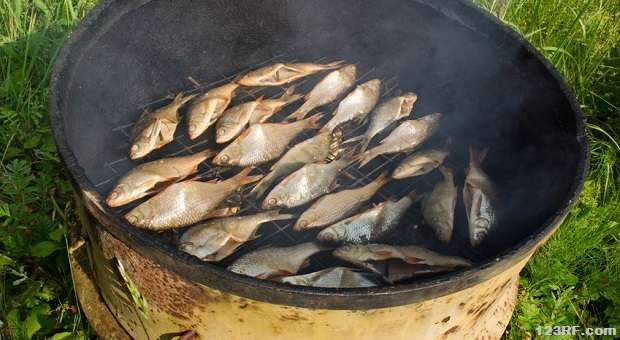
The Role of Water in Food Preservation
Understanding the scarcity of water in the desert is crucial when it comes to food preservation. Water plays a vital role in preserving food, and managing it efficiently becomes essential in an arid environment.
Understanding Water Scarcity in the Desert
Deserts are characterized by their lack of water sources, making water scarcity a significant challenge for desert dwellers. Considering the limited water resources, it is crucial to prioritize its usage and minimize waste during the preservation process.
Efficient Water Usage in Preservation
When preserving food in the desert, it is essential to use water efficiently. Techniques like steam blanching and water bath canning allow for minimal water usage while still ensuring the safety and quality of preserved foods.
Exploring Water Bath Canning
Water bath canning is a preservation method that uses boiling water to create a sealed environment for canned foods. This technique requires less water compared to other preservation methods and is ideal for fruits, acidic vegetables, and high-acid foods.
Storage Considerations for Desert Food Preservation
In addition to choosing the right preservation methods, proper storage plays a crucial role in maintaining the quality and safety of preserved foods in the desert.
Choosing the Right Containers
Selecting the right containers for storage is essential in preventing spoilage and contamination. Opt for airtight containers that will protect your preserved foods from moisture, insects, and other contaminants.
Protecting Food from Pests
Deserts can be home to various pests, including ants, rodents, and insects. Protect your preserved foods by storing them in pest-proof containers or utilizing techniques like hanging bags to keep pests away.
Utilizing Cool Underground Storage
One advantage of the desert is the cooler temperatures found underground. Utilize this natural advantage by creating underground storage areas such as root cellars. These cool spaces can help extend the shelf life of your preserved foods.
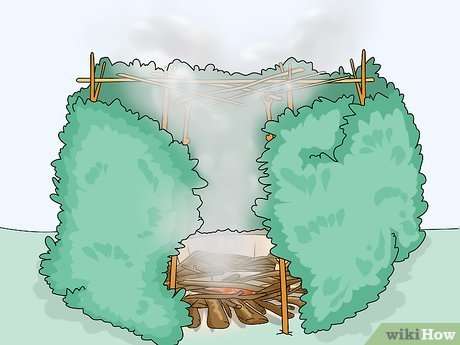
Preserving Specific Types of Food in the Desert
Preserving different types of food requires specific techniques and approaches. Here are some tips for preserving common food items found in the desert:
Fruits and Vegetables
For fruits and vegetables, dehydration is an effective preservation method. Slice them thinly and sun dry them or use a solar dehydrator to remove moisture. Once dehydrated, store them in airtight containers in a cool and dry place.
Meat and Fish
Salt preservation is an excellent technique for preserving meat and fish in the desert. Cover the meat or fish in salt and store it in a cool and dry place. This method not only extends the shelf life but also adds flavor to the preserved product.
Dairy Products
Dairy products can be challenging to preserve in the desert due to the lack of refrigeration options. Consider making dairy alternatives like plant-based milks and cheeses that can be preserved through dehydration or fermentation.
Baked Goods
Baked goods can be preserved by utilizing dehydration techniques. Ensure that your baked goods are thoroughly dried before storing them in airtight containers to prevent moisture absorption.
Emergency Food Preservation in Desert Survival Situations
In emergency situations, having a well-stocked pantry can be a lifesaver. Here are some tips for preserving food in desert survival scenarios:
Building an Emergency Food Supply
Building an emergency food supply is essential in desert survival situations. Stock up on non-perishable food items like canned goods, freeze-dried meals, and dried fruits and vegetables. Rotate your supplies regularly to ensure freshness.
Long-Term Storage Techniques
In long-term survival situations, consider utilizing preservation methods that ensure the longevity of your food supply. Techniques like freeze drying and vacuum sealing can help extend the shelf life of your emergency food.
Utilizing Wild Edibles
Familiarize yourself with the native edible plants found in the desert. In survival situations, these wild edibles can provide a valuable source of sustenance. Learn to identify and properly prepare these plants for consumption.

Tips for Maintaining Food Quality and Safety
Preserving food is not just about extending its shelf life; it is also crucial to ensure that the preserved food remains safe and of good quality. Here are some tips to maintain food quality and safety in the desert:
Proper Labeling and Rotation
Label your preserved foods with the date of preservation and the contents. This will help you keep track of the shelf life and rotation of your supplies, ensuring you consume the oldest items first.
Monitoring for Spoilage and Contamination
Regularly inspect your preserved foods for signs of spoilage or contamination. Look for mold, off smells, or changes in texture. If you detect any signs of spoilage, discard the item immediately.
Safe Handling and Preparation
When handling and preparing preserved food, ensure proper hygiene practices. Wash your hands thoroughly before and after handling preserved foods and follow safe cooking and preparation techniques to prevent foodborne illnesses.
Utilizing Indigenous Knowledge for Desert Food Preservation
When navigating the challenges of desert food preservation, it is valuable to learn from local indigenous communities who have developed preservation techniques specific to their environments.
Learning from Local Indigenous Communities
Engage with local indigenous communities to learn about their traditional preservation techniques. This knowledge has been passed down through generations and can provide valuable insights into preserving food in desert regions.
Traditional Preservation Techniques
Indigenous communities often have unique preservation methods that have proven effective for centuries. Explore techniques like smoking, earth ovens, and fermented foods that are specific to these communities and their desert environments.

Preserving Food in Small-Scale Desert Gardens
For those fortunate enough to have access to small-scale desert gardens, preserving the harvest becomes essential. Here’s how you can preserve food from your desert garden:
Harvest and Preservation Strategies
Harvest your fruits and vegetables at their peak ripeness and preserve them immediately to retain their flavor and nutritional value. Utilize techniques like canning, drying, or fermenting to make the most of your garden’s bounty.
Utilizing Greenhouses and Shade Structures
Greenhouses and shade structures can create a more favorable microclimate for growing and preserving food in the desert. These structures provide shade from intense sun exposure and can help regulate temperature and humidity.
Seed Saving for Future Planting
Preserve the viability of your desert garden by saving seeds from your crops. Properly store and label these seeds in a cool and dry place for future plantings. Seed saving ensures the continuity of your garden year after year.
Exploring Alternative Food Preservation Technologies
In addition to traditional and innovative preservation methods, there are alternative food preservation technologies that can be explored for desert living:
Chemical Preservatives
While chemical preservatives may not be suitable for natural and organic food preservation, they can be an option for emergency situations. Sodium benzoate and citric acid are commonly used to prolong the shelf life of canned and processed foods.
High Pressure Processing
High pressure processing (HPP) is a non-thermal preservation method that involves subjecting food to high pressure to destroy bacteria and other pathogens. HPP can help extend the shelf life of refrigerated foods and beverages without the need for high temperatures.
Pulsed Electric Field Technology
Pulsed electric field technology (PEF) is a preservation method that involves subjecting food to short bursts of high voltage electricity. This technique disrupts the cell membranes of microorganisms, prolonging the shelf life of the food. PEF can be used for both liquid and solid foods.
Cultivating a Self-Sustaining Desert Pantry
Incorporating self-sustainability principles into your desert pantry can help you maintain a long-term supply of preserved foods. Consider the following strategies:
Growing and Preserving Herbs and Spices
Herbs and spices not only add flavor to your preserved foods but can also be grown and preserved in a desert garden. Planting herbs like thyme, rosemary, and oregano can provide a renewable source of flavor and enhance your food preservation efforts.
Maintaining a Variety of Staple Foods
A self-sustaining pantry should include a variety of staple foods that provide a balanced and nutritious diet. Store items like grains, legumes, and oils that have a longer shelf life and can serve as the foundation for meals.
Utilizing Permaculture Principles
Permaculture principles advocate for designing sustainable ecosystems that work in harmony with nature. By incorporating permaculture into your desert pantry, you can create a self-sustaining food system that minimizes waste and maximizes productivity.
Conclusion
Surviving and thriving in the desert requires a deep understanding of the challenges posed by extreme temperatures, limited access to fresh ingredients, and a lack of refrigeration options. By utilizing traditional methods, exploring innovative approaches, and incorporating indigenous knowledge, you can master the art of food preservation in the desert. With proper planning, smart preservation techniques, and a self-sustaining approach, you can ensure that your pantry is always stocked with nutritious preserved foods, even in the harshest desert environments.

